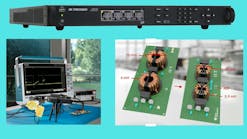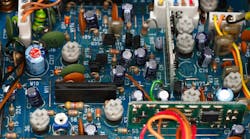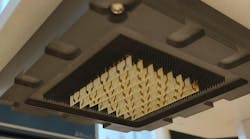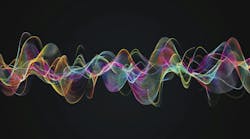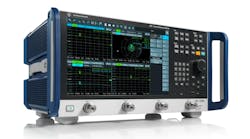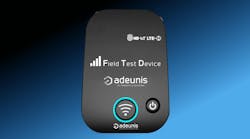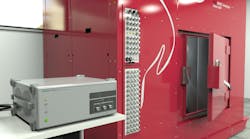Overcome mmWave Automotive Radar Testing Challenges (.PDF Download)
Recent regulation changes have allowed the automotive radar market to shift from the 24-GHz band to the 77-GHz band, introducing a range of new design and test challenges. Higher frequencies facilitate wider bandwidths and increasing resolution, while the shorter wavelengths provide smaller form factors and improved range enabled by a relaxation of the maximum power specification in the 77-GHz band. Better resolution, smaller size, and longer range mean that radar is rapidly becoming the sensor of choice for advanced driver-assistance systems (ADAS) and autonomous-vehicle applications.
This frequency shift, combined with the proliferation of sensors on vehicles, will drive a compound annual growth of 21% (CAGR) during the 2018 to 2022 timeframe, according to a recent market research report by Technavio.
Today, the modulation of choice for an automotive radar is linear frequency modulation (LFM) or frequency-modulated-continuous-wave (FMCW) radar. This type of modulation, often called “chirp,” has roots that go back to the Cold War when electronic-warfare officers could often identify adversary radar by listening to the audio of the radar modulation. Different radar signatures would sound like different birds “chirping.” Wide linear frequency sweeps equate to a higher-resolution radar.
Resolution in the case of radar means that two objects close to each other can be resolved—for example, being able to see the difference between a person standing near a lamp post, or two cars driving at the same speed very close together. In pulsed radar, shorter duration pulses provide better resolution. However, a short pulse is very hard to amplify.

